The rise of subscription-based loyalty programs has transformed the landscape of customer engagement and retention. A well-designed subscription service can provide immense value to both businesses and their customers, fostering long-term loyalty and increasing lifetime value.
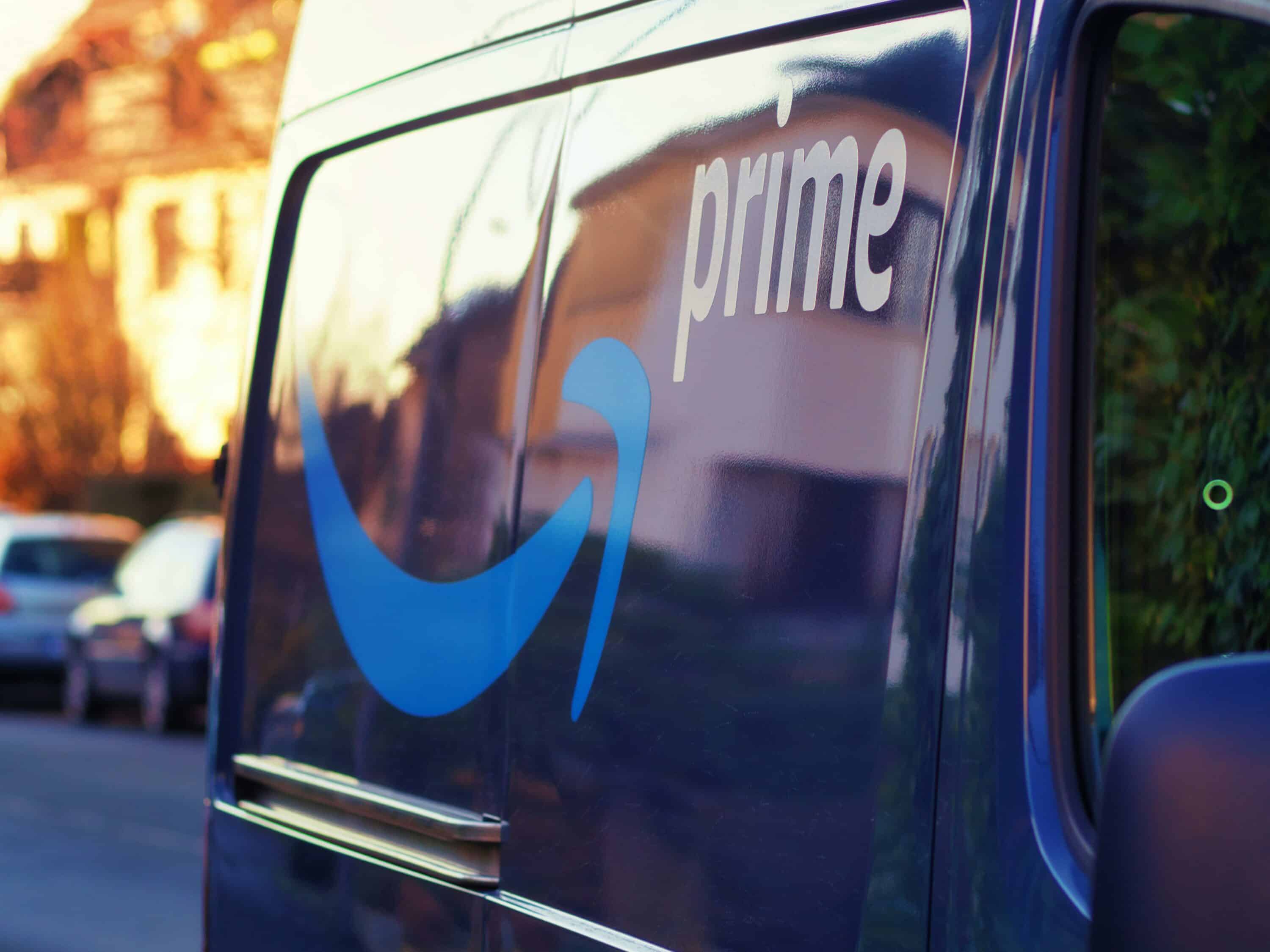
Prominent companies like Amazon and Costco have successfully implemented these models, showcasing their effectiveness in today’s competitive marketplace.
Amazon Prime:
A Comprehensive Loyalty Program
Amazon Prime is a paragon of successful subscription-based loyalty programs. Introduced in 2005, Amazon Prime offers a suite of benefits for an annual or monthly fee.
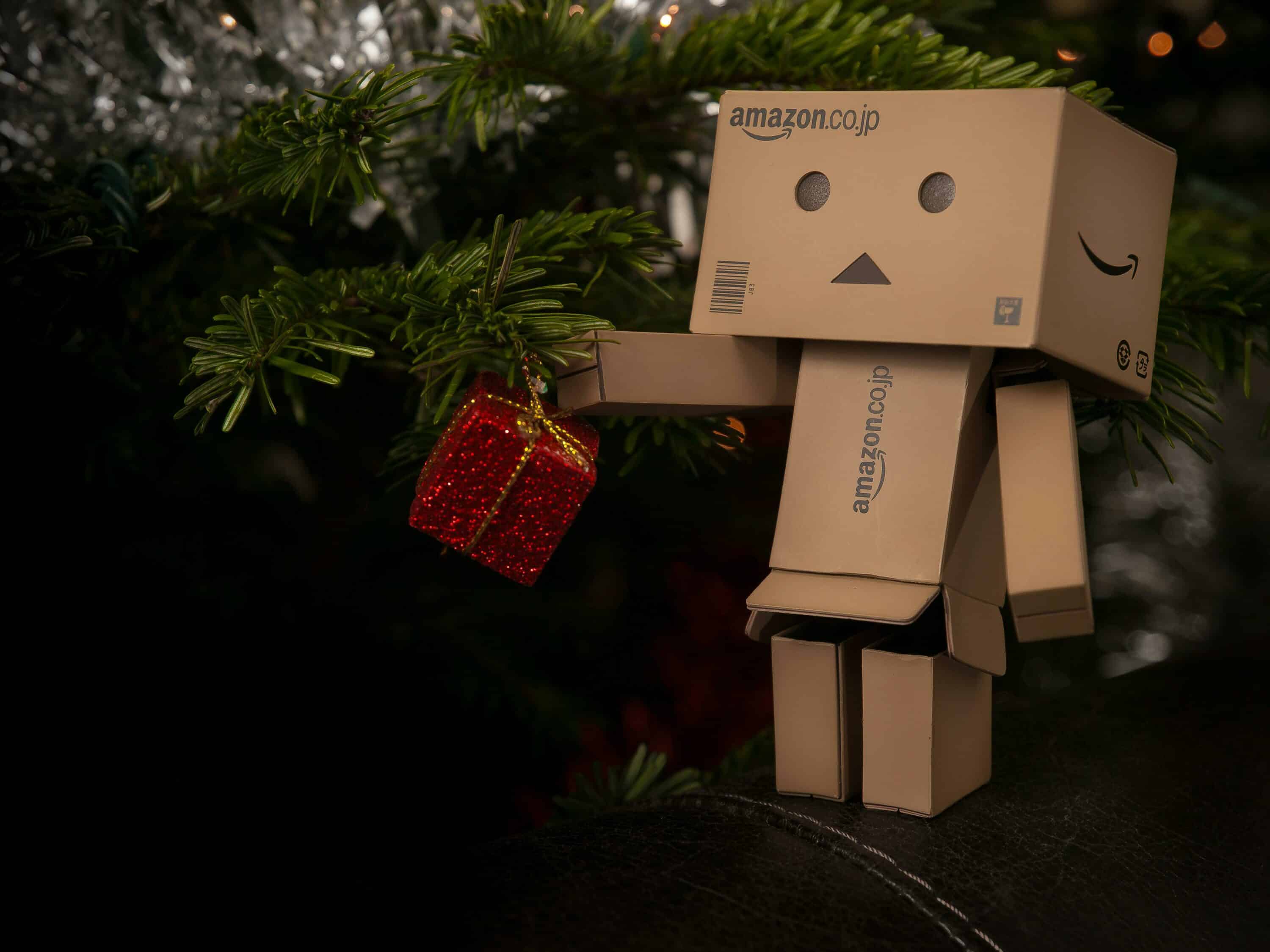
The program includes perks such as free two-day shipping, access to Prime Video and Prime Music, and exclusive deals for members.
Research Findings
Research indicates that Prime members spend up to three times more annually compared to non-members. This willingness to invest in a subscription underscores the extensive benefits offered, which exceed the cost, thereby ensuring high customer engagement and loyalty. According to a Consumer Intelligence Research Partners (CIRP) study, as of 2021, Amazon has over 200 million Prime members globally, with an average annual expenditure of $1,400 per member compared to $600 by non-members.
The success of Amazon Prime can be attributed to its clear value proposition. Free shipping appeals directly to consumers’ desire for convenience and cost savings, while the expansive digital content library enhances the entertainment experience. The addition of exclusive deals and early access to sales further incentivises membership, making it a compelling package.
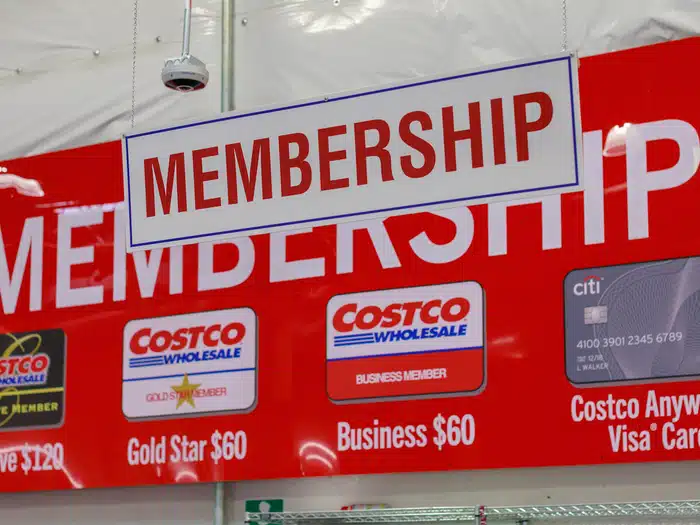
Costco Membership:
Value Through Tangible Benefits
Costco operates on a similar subscription model, charging an annual fee for membership.
This fee grants access to a range of benefits, including discounted prices on bulk purchases, exclusive member services like travel packages, insurance, and various financial services.
Research Findings
Costco’s membership retention rate is impressively high, with an overall renewal rate of around 90%. The company reported that as of 2021, it had over 61 million paid memberships, reflecting the tangible value provided to members through significant cost savings and exclusive services.
Costco’s strategy, a model of delivering consistent value, demonstrates the feasibility of a subscription model that prioritises customer savings. Members tend to perceive the fee as an investment, enriched by the savings and additional benefits accrued. The quality of products and services reinforces this perception, further solidifying customer loyalty.
Integrating Subscription-Based Loyalty Programs into Your Strategy
To exemplify the efficacy of subscription-based loyalty programs, let’s revisit how existing models like Amazon Prime and Costco can be leveraged to enhance customer engagement and retention. Businesses should consider integrating similar strategies to capitalise on the demonstrated benefits of these programs.
Leveraging the Amazon Prime Model
Implementing a loyalty program akin to Amazon Prime can yield significant advantages. By charging an annual or monthly fee, businesses can offer a host of premium benefits that outshine the membership cost.
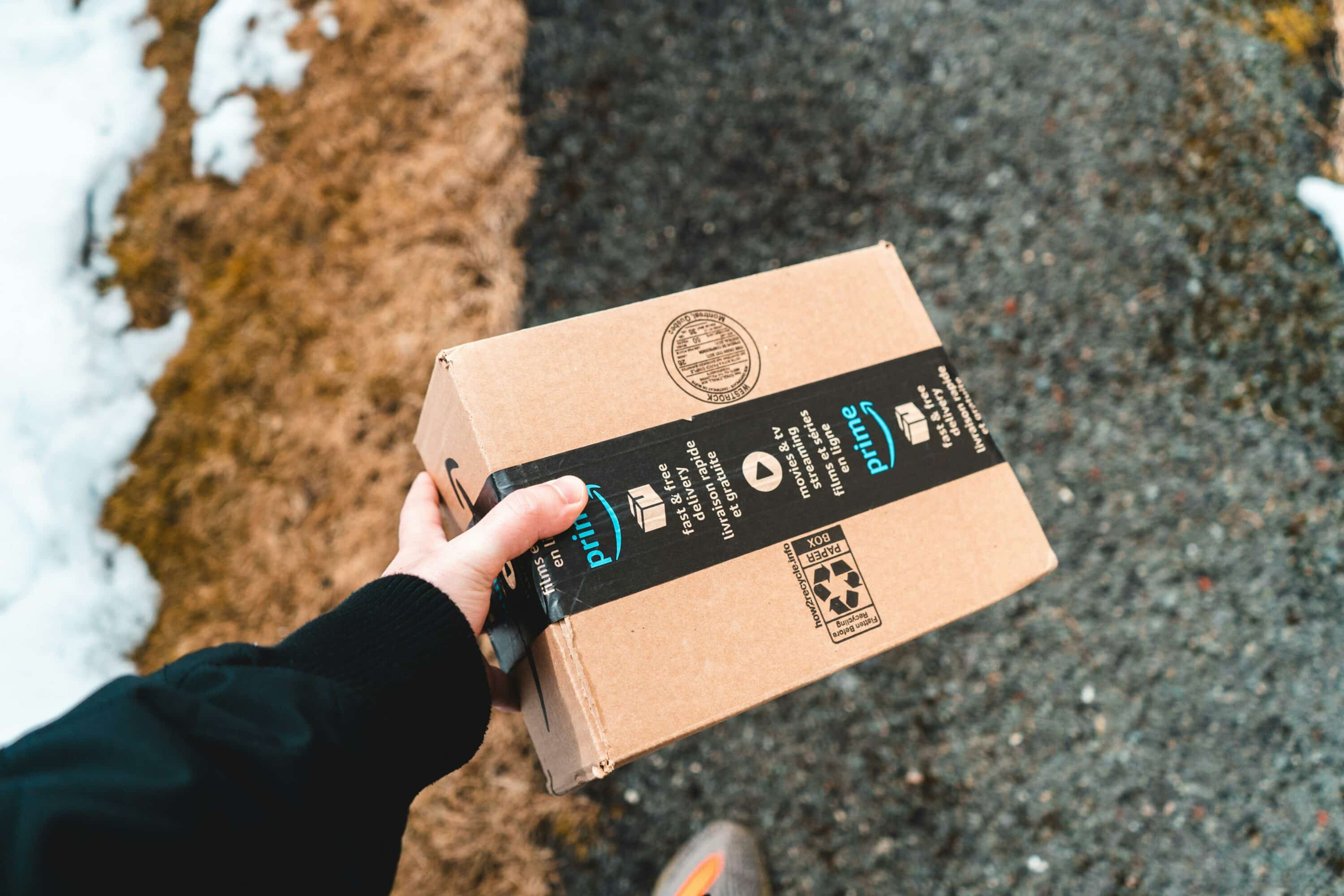
This could include expedited shipping, exclusive discounts, and access to digital content, mirroring Amazon’s approach.
Practical Application
For instance, an e-commerce business could introduce a premium membership that offers free or expedited shipping, members-only discounts, and access to exclusive sales events. Additionally, integrating a streaming service or digital content library can add further value, catering to a broader range of customer needs.
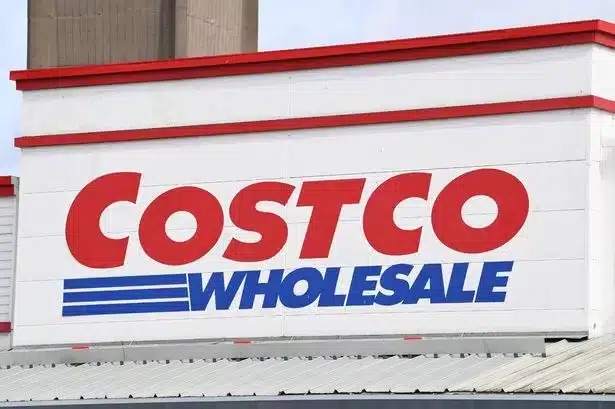
Emulating Costco’s Membership Success
Costco’s subscription model highlights the effectiveness of offering tangible, recurring value.
By adopting a similar strategy, companies can provide exclusive access to products or services at discounted prices along with special members-only perks.
Practical Application
A retail business could establish a membership program that offers discounted bulk purchases, exclusive deals on seasonal items, and access to premium services such as enhanced customer support. This approach not only underscores the value proposition to customers but also fosters long-term loyalty and higher spending.
Insights and Key Takeaways
The strategies employed by Amazon Prime and Costco underscore several key insights for developing effective subscription-based loyalty programs:
Value Proposition: The perceived value of the membership must be clear and compelling. Customers should feel that the benefits significantly outweigh the cost.
Consistency and Quality: Offering high-quality products and services consistently reinforces the value of the membership, encouraging repeat engagement.
Exclusive Benefits: Providing exclusive benefits to members can make the subscription more attractive and foster a sense of exclusivity and belonging.
Personalisation: Tailoring benefits and services to individual customer preferences can enhance satisfaction and loyalty.
What can you expect to gain from a paid loyalty program?
Continuous Customer Relationship
Subscription-based loyalty programs establish a predictable and ongoing relationship with customers by delivering continuous value. This constancy ensures that customers remain closely connected to the brand, turning occasional purchases into a routine.
Loyalty and Repeat Business
Exclusive offers and rewards encourage members to stay loyal and increase their repeat business. The promise of obtaining more value through points, services, or products incentivises customers to choose the brand over competitors.
Enhanced Customer Engagement and Satisfaction
Subscription-based programs enhance customer engagement and satisfaction by offering personalised experiences and rewards. This personalisation makes customers feel valued and more satisfied with the brand, leading to higher retention rates.
Statistics: Studies show that 77% of consumers are motivated to stay loyal to brands that offer personalised rewards and brand experiences.
Data-Driven Insights
Through interactions within these programs, brands can gather valuable customer behaviour and preferences data. This information allows companies to tailor their offerings and marketing strategies more effectively, resulting in more targeted and successful campaigns.
Insight: A paid loyalty program can offer tailored deals by analysing purchasing patterns and preferences, enhancing member satisfaction and revenue.
Reliable Revenue Source
Subscription models provide brands with a steady and reliable source of revenue. This financial stability supports long-term planning and investment in further enhancing the customer experience.
Fact: Subscription-based loyalty programs contribute significantly to customer lifetime value, with repeat customers often spending up to 67% more than new ones.
Fostering a Community Feeling
Another benefit of subscription-based loyalty programs is the creation of a sense of belonging and community among members. This connectedness can enhance customer engagement and loyalty even further.
Investing in Your Brand’s Future
Subscription-based loyalty programs are more than just a marketing strategy; they are an investment in a brand’s future, creating a symbiotic relationship between businesses and their customers. By consistently providing value, personalising experiences, and leveraging insights gained from customer data, brands can cultivate loyalty and ensure customer satisfaction.
The power of subscription-based loyalty programs lies in their ability to provide continuous, tangible value to customers. Businesses can create compelling membership programs that enhance customer engagement and retention by drawing inspiration from successful models like Amazon Prime and Costco. These programs offer significant customer benefits and drive sustained business growth in an increasingly competitive market.

Research Evidence on Long-Term Customer Engagement
Several studies underscore the effectiveness of subscription-based loyalty programs in driving long-term customer engagement.
According to research by the Harvard Business Review, companies that utilise subscription-based loyalty programs see an increase in customer lifetime value by up to 30%, as these programs encourage repeat purchases and reduce customer churn. Furthermore, a study conducted by McKinsey & Company indicates that customers enrolled in subscription programs are 50% more likely to be satisfied with their purchasing experience, which translates to higher engagement and brand loyalty.
Case Study: A Nielsen survey highlighted that brands with well-structured loyalty programs, such as Netflix and Amazon Prime, exhibit significantly higher retention rates. Netflix, for example, reported a churn rate of under 3% in its highest-performing markets, attributing much of this success to its subscription model which consistently delivers value and engages users with tailored content recommendations based on viewing history.
Moreover, the Bond Brand Loyalty report reveals that 77% of consumers are inclined to stay with a brand if they feel their loyalty is rewarded through exclusive offers and personalised experiences, which are key components of subscription-based models. The research also shows that these programs foster deeper emotional connections, making customers feel more valued and appreciated.
These findings collectively illustrate that subscription-based loyalty programs not only enhance customer satisfaction but also foster deeper, more sustained engagement over time. By offering continuous value and personalised experiences, businesses can effectively reinforce their customer relationship, ensuring long-term loyalty and ongoing interaction.
If you would like to discuss whether a paid loyalty program could work for you and what you should consider before diving in, then please contact us:

